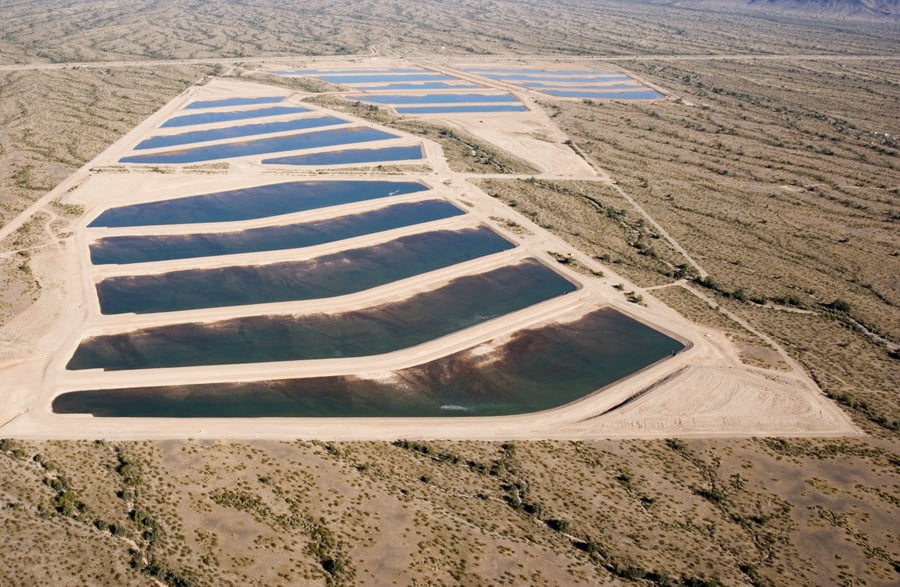In M&A’s first Hydro Notes, we debunk a common misconception about siting groundwater recovery wells for managed aquifer recharge facilities.
Where is the best place to locate recovery wells relative to a recharge facility? In practice, the location must account not only for hydrogeologic conditions and legal / regulatory constraints but also for your recharge and recovery objectives. If your goal is to recover the same water that was used for recharge, then you’ll need to place the well at, or downgradient from, the recharge site. However, if you simply want to benefit from the increased amount of water in storage, then your recovery wells need not be located downgradient from the recharge site.
This may seem counter-intuitive; after all, the laws of physics dictate that water from a recharge facility flows downgradient. But think about it. The benefits of recharge include increased water storage and water-level rise (or at least reduced water-level decline). A common misconception is that these benefits will be greater downgradient from a recharge site. However, both theory and practice indicate that the mounding effect radiates outward in all directions from a recharge site, depending only on the aquifer’s hydraulic properties (transmissivity, storage coefficient) and boundary conditions. Although the magnitude of the water level rise (or reduced decline) diminishes dramatically with distance from the site, it does not depend on the rate or direction of groundwater movement. Therefore, unless your goal is to recover the same water that you added to the aquifer, you gain no advantage by locating wells downgradient from a recharge facility.
— Mark Cross, Principal Hydrogeologist










